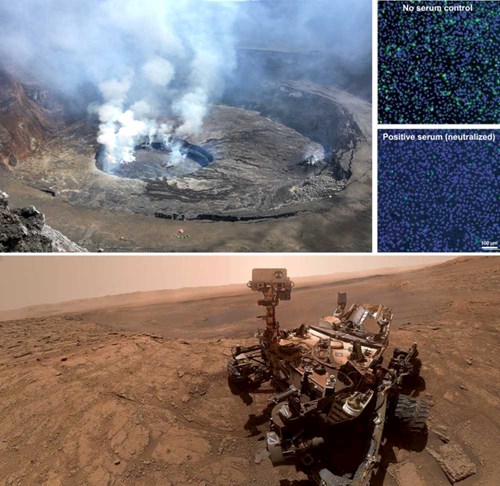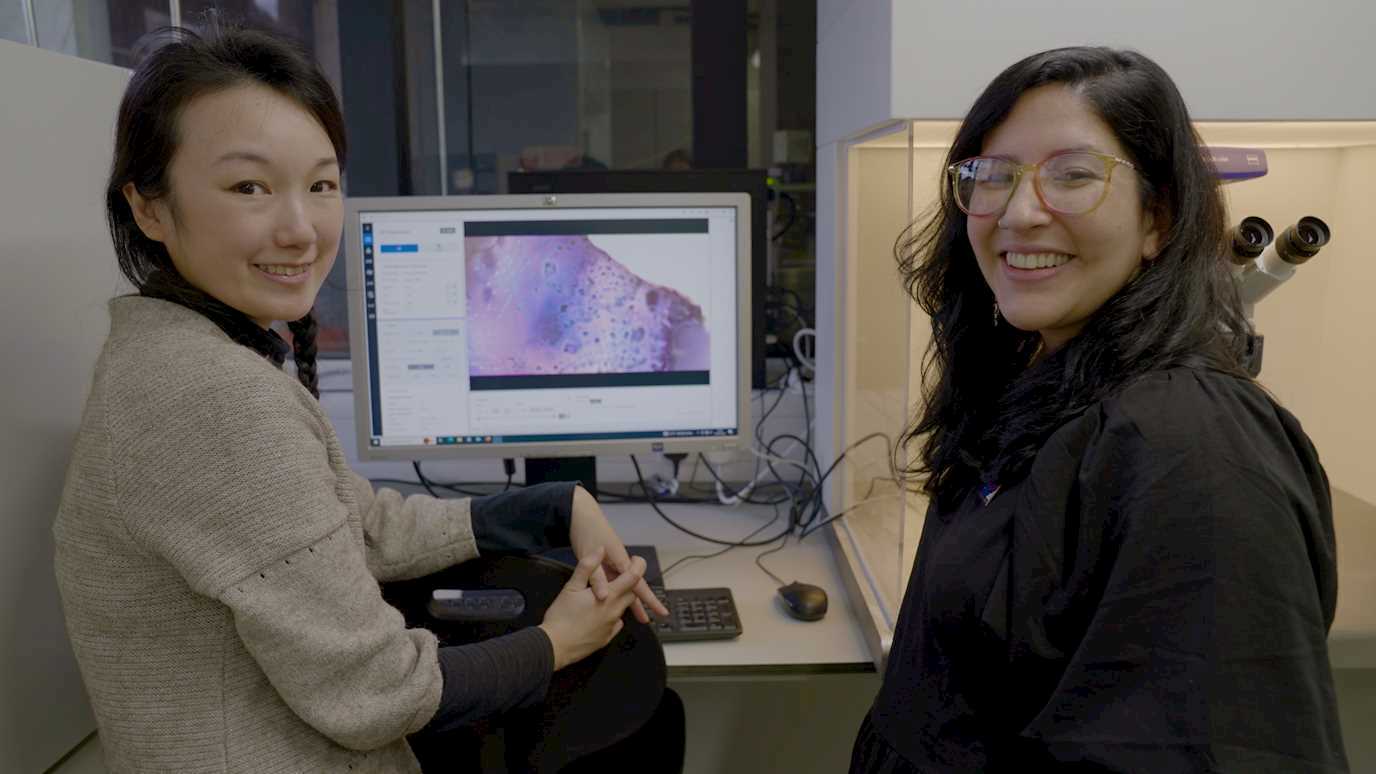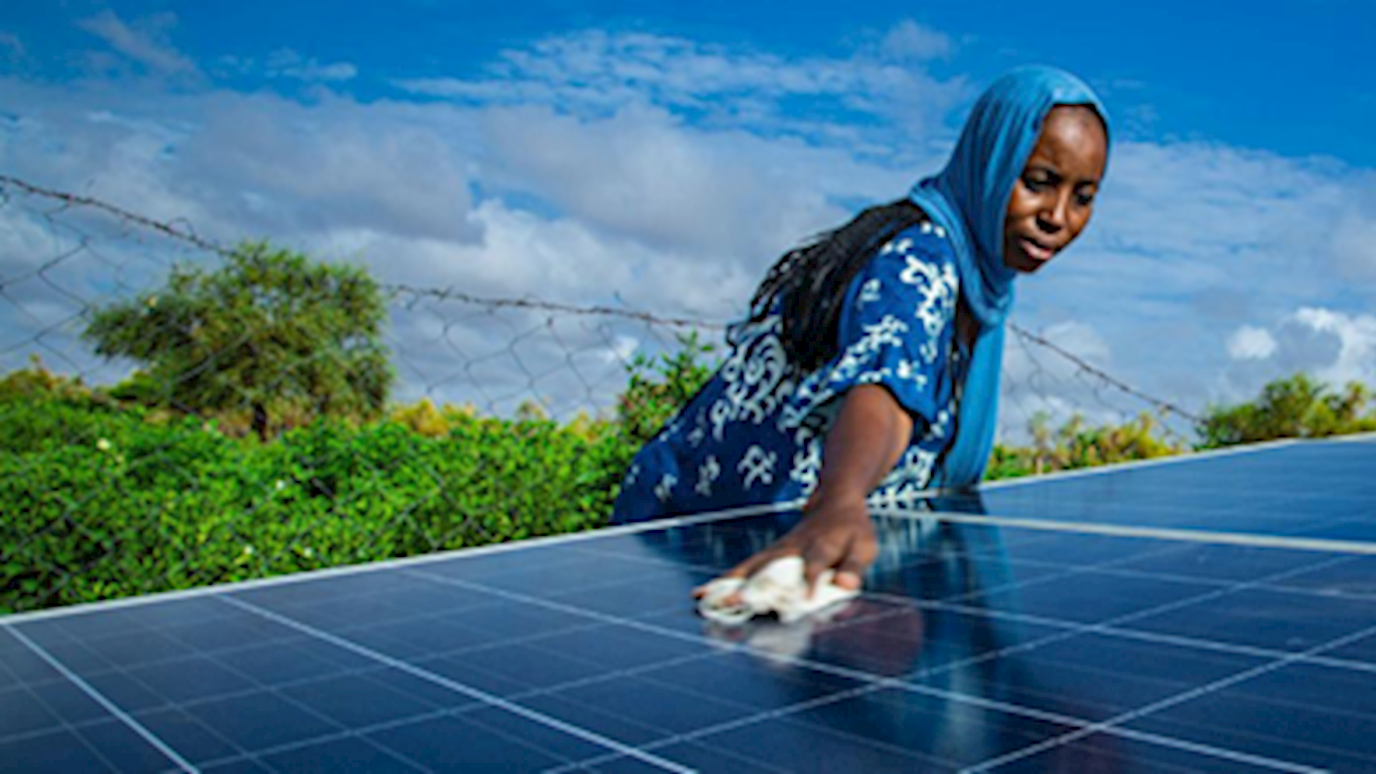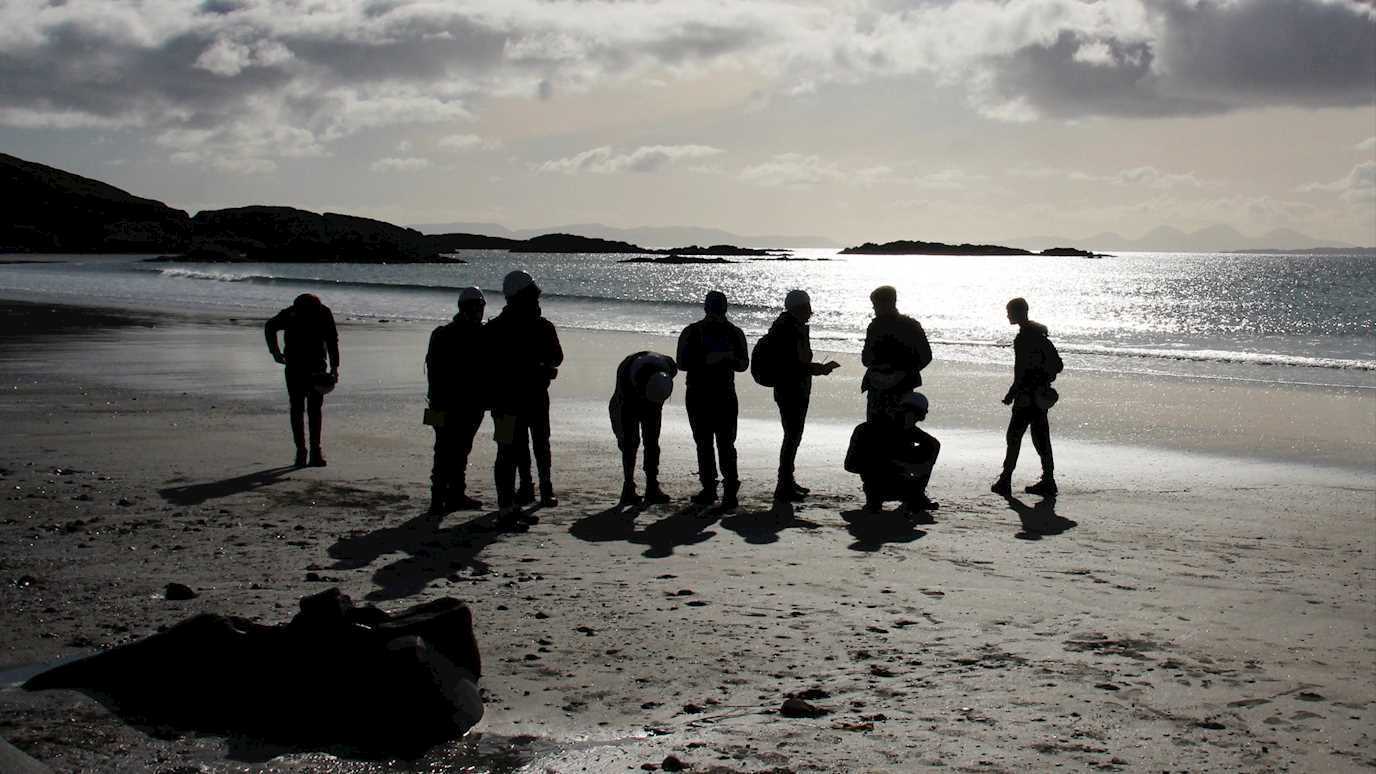Domenico Chiarella
New research published in the journal Nature Communications highlight limitations faced by people with visual impairment when dealing with images posted on social media. Twitter has become the social media platform most commonly used by academics to share research and rapidly discuss scientific analysis between themselves, as well as with the general public around the globe. However, posting images and photos could potentially exclude people with visual impairments. In this contribution, Authors outline actions that should be taken to foster accessibility and inclusion in posting scientific images on social media. In particular, the use of alternative text (also known as alt text), a feature now offered on many social media platforms, can provide a more inclusive experience for people with visual impairments. This practice allows users to add a text-based alternative (usually a description) to non-textual content such as photos, GIFs and graphical data.
 |
On the left, a giant hole in the ground at the top of the Nyiragongo volcano (Democratic Republic of Congo) containing a black lava lake that is approximately 200 metres in diameter. There are whitish gas plumes rising from holes in the semi-solid surface of the lake. The holes are glowing orange. There are six tents only a few hundreds of metres away from the lava lake. On the right, Vero CCL-81 cells used in a fluorescence-based assay designed to measure neutralisation of a reporter SARS-CoV-2 by antibodies from patient specimens. After reporter viral infection, the cells turned green in the absence of serum (top panel). In contrast, incubation of the reporter virus with COVID-19 patient serum decreased the number of fluorescent cells (bottom panel). Scale bar, 100 μm. On the bottom, selfie taken by the NASA’s Curiosity rover on the 11th October 2019 in the Glen Etive location (Gale Crater, Mars) showing the rover and two holes “Glen Etive 1” and “Glen Etive 2” drilled alongside it (Credits: NASA/JPL-Caltech).
























